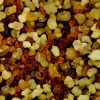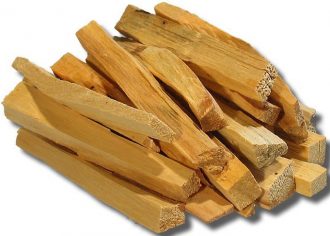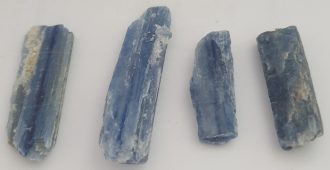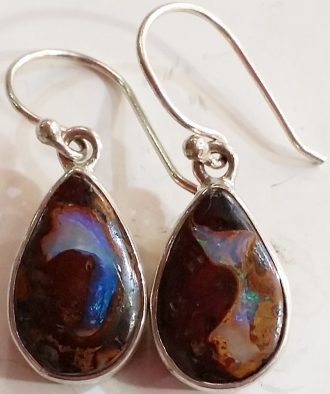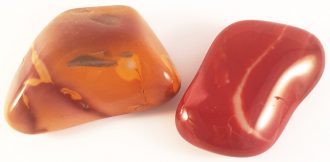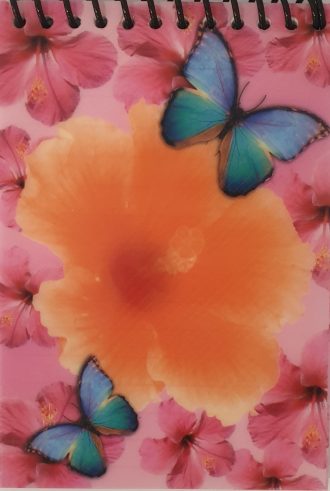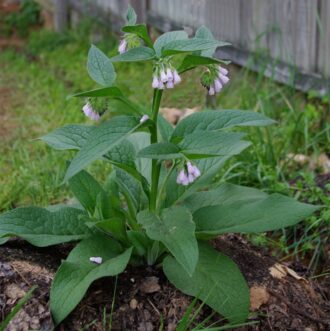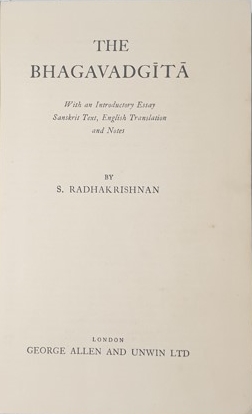Product Description
Resin & Wood Incense – Frankincense and Myrrh Granules (25g)
About Frankincense Resin – meaning “frank” or “true”, is an aromatic resin obtained from trees of the genus Boswellia found in South Arabia and East Africa. These trees are considered unusual for their ability to grow in environments so unforgiving that the trees sometimes grow directly out of solid stone. The deep roots prevent the trees from being torn away during violent storms.
At its peak its value rivaled that of gold, the rarest silks and the most precious of gems. Frankincense was lavishly used in religious rites eg in the Bible’s Old Testament, it was part of the temple rites; according to Matthew 2:11, gold, frankincense and myrrh were among the gifts to Jesus by the Biblical Magi “from out of the east”.
The aroma is said to represent life. It has a warm, sweet, rich fragrance that has been associated with spirituality since earliest antiquity. It has the ability to slow and deepen the breath which produces a sense of calm.
The Egyptians ground the charred resin into a powder called kohl which was used to make the distinctive black eyeliner seen on so many figures in Egyptian art.
Judaic, Christian and Islamic faiths have used frankincense mixed with oils to anoint newborn infants and individuals considered to be moving into a new phase in their spiritual lives.
More information: The Catholic Guide Scents of Earth
About Myrrh Resin – The scent of myrrh is sharp, pleasant, somewhat bitter tinged with a slight vanillic sweetness. Myrrh has been used since antiquity to inspire prayer and meditation, and to fortify and revitalize the spirit.
Myrrh is a red-brown resinous material, the dried sap of the tree Commiphora myrrha. A small scrubby tree, native to Somalia and eastern parts of Ethiopia.
was highly prized in ancient times and was worth more than its weight in gold. In Ancient Rome myrrh was priced at five times as much as frankincense, though the latter was far more popular.
Myrrh was burned at ancient Roman funerals to mask the smell emanating from charring corpses and as a penitential incense. It was also used as an embalming ointment. It is alluded to in the Christmas carol We Three Kings (see link to Lyrics below). Myrrh was one of the gifts of the Magi to the infant Jesus according to Matthew 2:11. Myrrh was also used to anoint Jesus’ body after the crucifixion.
When burned, it produces a smoke that is heavy, bitter and somewhat phenolic in scent, which may be tinged with a slight vanillic sweetness. Unlike most other resins, myrrh expands and “blooms” when burned instead of melting or liquefying.
Myrrh is used to: improve circulation (“blood-moving”), heart rate/power, digestion, boost the immune system, and for rheumatic and arthritic complaints. Various traditions have used it to treat coughs, gum disease, wounds, bruises, aches, sprains, candida and skin disease. In Chinese medicine, myrrh is classified as bitter, spicy, neutral in temperature and affecting the heart, liver, and spleen meridians. It is one of the most effective of all disinfectants and has been used as an additive to wine and in various perfumes, toothpastes, lotions, and other modern toiletries.
More information: We Three Kings Lyrics Institute for Traditional Medicine, USA


